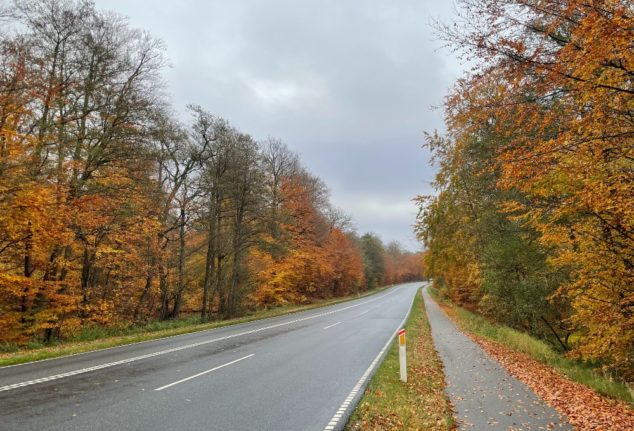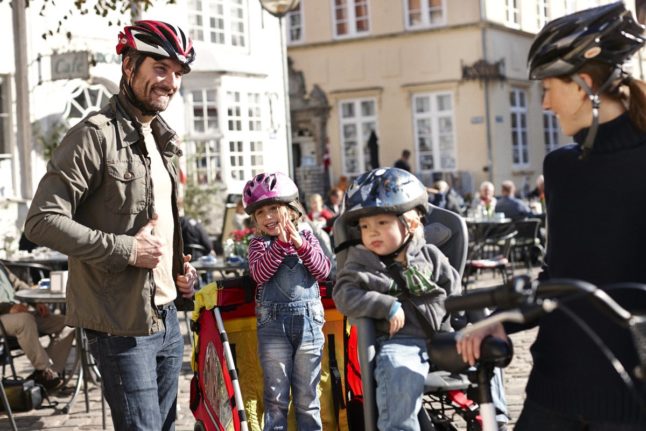The extension was confirmed on Friday by the Danish Ministry of Justice, which cited threats related to a backlash to the spate of Quran burning demonstrations which took place in Copenhagen during the summer.
A “marked, broad spectrum and persistent threat” from foreign intelligence agencies was also named by the justice ministry as cause for extending the controls. No countries were named specifically.
READ ALSO: Denmark announces ban on Quran burnings
Migration is also given as a reason, with 11 countries in the Schengen area currently stating a higher number of asylum seekers than in 2015 and 2016, the Danish ministry said, although it should be noted that Denmark’s number of “spontaneous” asylum seekers, who do not arrive in the country via prior application or quotas, remains low.
Although Denmark’s border controls have been continually extended every six months going back to 2016, they were relaxed in May this year.
The relaxed rules mean that fewer motorists are now stopped for checks at the border when entering Denmark from Germany, compared to early 2023 and before. Instead, border controls are made in line with police assessments on where they are most needed.
This model continues following the latest extension.
Under the rules of the Schengen agreement, countries can place temporary border controls under exceptional circumstances. After a six-month period, the temporary checks must be renewed.
Denmark initially introduced border checks with Germany in early 2016, citing the refugee crisis of late 2015 as justification. It later referred to a more general “security and migration situation” as cause for continually extending the controls, pointing to what it said was a threat of organised crime and terrorism.



 Please whitelist us to continue reading.
Please whitelist us to continue reading.
Member comments